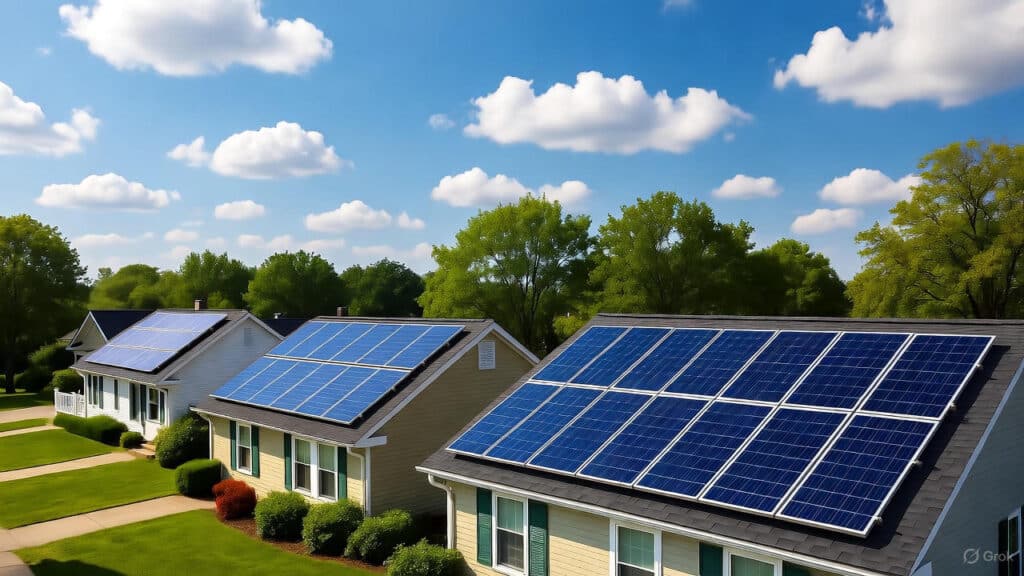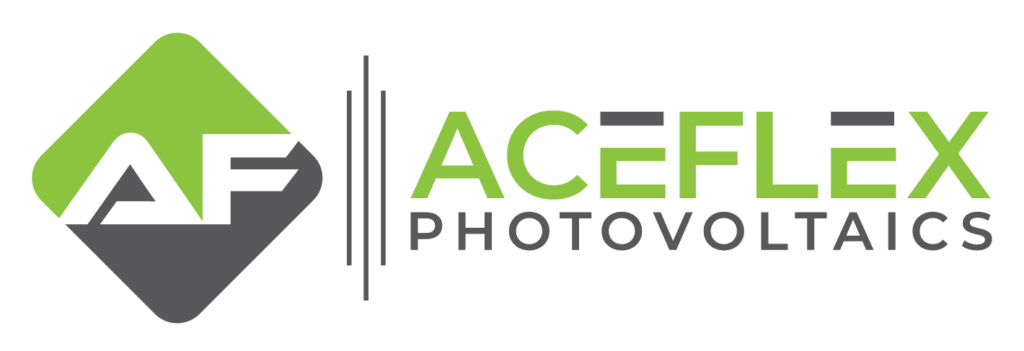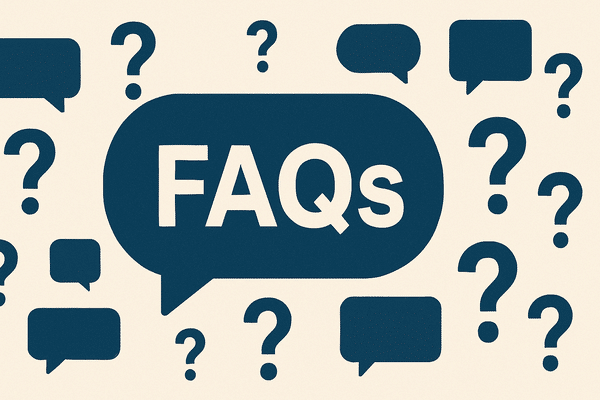📦 Fast Delivery – Order Now!
💸 Shop Safely – 100% Money-Back Guarantee
👨🔧 Lifetime Customer Support
📦 Fast Delivery – Order Now!
💸 Shop Safely – 100% Money-Back Guarantee
👨🔧 Lifetime Customer Support
Imagine slashing your electricity bills by thousands while powering your home with clean, renewable energy—all under Maryland’s abundant skies. Solar power in Maryland is booming, with the state ranking 10th nationally for residential installations and over 100,000 households already tapping into the sun’s potential. With generous incentives like the 30% federal Investment Tax Credit (ITC) and state programs that can cut costs by up to 50%, now’s the perfect time to explore solar power in Maryland. This guide dives into the benefits, costs, incentives, and steps to get started, helping Maryland homeowners and businesses unlock long-term savings and environmental wins.

Maryland’s solar scene thrives, for ambitious renewable goals drive growth. Specifically, the RPS mandates 50% renewable energy by 2030, including 14.5% solar by 2028. Consequently, solar capacity has quadrupled since 2015, now exceeding 1.5 GW, ranking 19th nationally. Moreover, Baltimore, Montgomery, and Prince George’s counties lead installations. Meanwhile, the 2025 MSAP and DRIVE Act streamline setups and integrate storage. Additionally, high electricity rates (16–18¢/kWh) boost savings. Thus, with 4.5 daily peak sun hours, Maryland’s solar growth accelerates.
Solar power in Maryland delivers financial, environmental, and independence benefits. First, each system cuts 100 tons of CO2 over 25 years. As a result, homeowners save $84,633 over 25 years, with $1,000–$1,500 yearly bill reductions. Furthermore, energy independence protects against 2–3% annual rate hikes. Also, battery storage ensures resilience during outages. For businesses, solar enhances ROI and green credentials. Finally, solar adds 4% to home value, thriving in 202+ sunny days.
Maryland’s solar incentives make adopting solar power both affordable and accessible, empowering homeowners and businesses to go green with substantial savings. The federal Investment Tax Credit (ITC), detailed in our blog post Solar Energy Federal Tax Credits: What to Know, provides a 30% tax credit on system costs, including batteries, reducing a $20,000 installation to $14,000.
Maryland’s state incentives include the $1,000 Residential Clean Energy Rebate for systems over 1 kW, a 6% sales tax exemption on equipment, and statewide property tax exemptions that prevent added tax burdens. The Maryland Solar Access Program (MSAP), launching in 2025, offers grants covering up to 100% of costs for low-to-moderate income households (up to 150% of Area Median Income). Net metering ensures full retail-rate credits for excess energy, with indefinite rollover for year-round bill reductions. Solar Renewable Energy Certificates (SRECs) allow owners to earn $5–$20 per credit, potentially generating $300–$800 annually. Local utilities like Baltimore Gas and Electric (BGE) provide battery rebates of $500–$1,500, while many counties offer additional tax credits up to $5,000, making solar power in Maryland a financially savvy choice.
| Incentive | Description | Estimated Savings |
|---|---|---|
| Federal ITC | 30% tax credit on full system cost (expires Dec 2025) | $6,000 on $20,000 system |
| Residential Clean Energy Rebate | $1,000 grant for 1+ kW PV systems | $1,000 flat |
| Net Metering | Full retail credit for excess kWh, rollover allowed | $500–$1,000/year |
| SRECs | Sell credits for 1 MWh generated | $300–$800/year |
| Property Tax Exemption | No added taxes on solar value | Ongoing savings |
| Sales Tax Exemption | 6% tax waived on solar equipment | $900–$1,500 on $15,000–$25,000 system |
| Local Battery Rebates | BGE and others offer storage incentives | $500–$1,500 per battery |
The payback period for solar power in Maryland typically spans 6–11 years, thanks to high electricity rates (16–18¢/kWh), net metering, and the 30% ITC that drops net costs by nearly half. For an average 8 kW system costing $21,280 before incentives ($14,896 after), it generates ~10,000 kWh annually, saving $1,600–$1,800 yearly—yielding payback in about 8 years. Factors like system size, roof orientation, and SREC sales influence this. High-usage homes in sunny areas like Annapolis see faster returns (under 7 years). With panels lasting 25+ years, expect 15–20 years of free electricity, plus $75,000+ in lifetime savings and a 7–10% ROI—outpacing many investments in Maryland’s climate of 4.5 peak sun hours.

Installing solar power in Maryland is seamless with AceFlex, a leading NABCEP-certified installer dedicated to maximizing your solar savings. Begin by assessing your home’s solar potential using tools like Google’s Project Sunroof to ensure a south-facing roof with minimal shade for optimal output (Maryland averages 4.5 peak sun hours daily). AceFlex offers free, no-obligation quotes through platforms like EnergySage, with competitive pricing ($2.66–$3.52/W) and personalized system designs tailored to your needs. Financing is flexible—choose cash to maximize incentives, 0% interest loans, or AceFlex’s zero-down leases/PPAs for no upfront costs. Expect a streamlined 2–4 month process, including permitting (simplified by the DRIVE Act) and installation, with average costs of $13,000–$25,000 post-incentives for 5–10 kW systems. AceFlex navigates challenges like HOA rules or historic district approvals, leveraging Maryland’s solar-friendly policies, and handles all paperwork for rebates, net metering, and SRECs. Here’s how AceFlex gets you powered up:
Meet the Smiths in Baltimore County: Their 7 kW system, installed for $18,000 ($12,600 after ITC and rebate), offsets 90% of their bills, saving $1,200 yearly with SRECs adding $500 more. Payback hit in 7 years, and they’ve enjoyed blackout-proof power via a Powerwall. A Montgomery farm business went solar with a 20 kW array, earning $2,000 annually in SRECs while cutting energy costs 70%—boosting their bottom line and qualifying for commercial grants. “Solar turned our utility burden into a profit center,” says owner Jane Doe. These stories highlight real ROI: average 25-year savings of $34,000–$75,000, plus resilience during storms like Hurricane Sandy remnants.
Solar power in Maryland isn’t just a trend—it’s a smart, sustainable investment yielding decades of savings, energy security, and eco-benefits amid the state’s sunny potential and policy support. From 6–11 year paybacks to $80,000+ in lifetime gains, the math adds up, especially with 2025’s expiring federal credit urging action now. Looking ahead, innovations like V2G tech and expanded MSAP will supercharge adoption toward Maryland’s 2045 net-zero vision. Ready to illuminate your future? Get free quotes from certified installers today and claim your slice of the sun—contact the Maryland Energy Administration or visit EnergySage to start.

Yes, Maryland is ideal for solar with 4.5 peak sun hours daily and 202+ sunny days yearly. Strong incentives like the 30% ITC and net metering ensure 6–11 year paybacks and significant savings.
“Free” solar panels often mean leases or PPAs with no upfront costs but monthly payments for electricity. While available in Maryland, buying systems outright maximizes savings with incentives.
Solar energy has high initial costs, requires ample roof space, and produces less in cloudy weather. Maintenance, though minimal, and battery storage costs can add expenses. Installation may face HOA or permitting hurdles.
Absolutely—Maryland’s high electricity rates (16–18¢/kWh), 4.5 peak sun hours, and incentives like the 30% ITC yield 6–11 year paybacks and $75,000+ in 25-year savings. Home values rise up to 4%, and environmental perks include slashing CO2 emissions by 100 tons per system.
Average costs are $2.66–$3.52/W, so a 8 kW system runs $21,000–$28,000 before incentives, dropping to $14,700–$19,600 after the 30% ITC and rebates. Financing options like loans keep upfront payments low.
Key perks include the 30% federal ITC (ends Dec 2025), $1,000 state rebate, net metering at full retail rates, SRECs worth $300–$800/year, and property/sales tax exemptions. The new MSAP offers grants for low-income households.
Maryland averages 4.5 peak sun hours daily and 202 sunny days yearly, ideal for solar with south-facing roofs producing efficiently year-round, even in winter. Shading assessments ensure optimal output.
Most systems pay back in 6–11 years via $1,600+ annual savings, net metering, and SRECs, with panels lasting 25+ years for free electricity thereafter. High-usage homes see faster returns.
DIY is possible but not recommended—professional installers ensure NABCEP certification, permitting compliance, and incentive eligibility. Costs for pros are offset by warranties and efficiency gains.
Premium panels come with 25-year warranties and often exceed 30 years, thriving in Maryland’s moderate climate with minimal maintenance like annual cleaning. Degradation is just 0.5% yearly.
AceFlex is one of the leading online retailers of renewable energy products and offers a wide range of solar products. We work with well-known manufacturers and wholesalers and can offer you cost-effective products in the field of photovoltaics so that you too can contribute to the energy transition.
Looking for an experienced team for planning your photovoltaic system without the hassle of doing it yourself? We are your trusted partner, offering comprehensive nationwide solutions. We provide expert consultation and supply of both photovoltaic systems and storage units tailored to your specific needs.
© 2025 Aceflex All Rights Reserved. Design by Media Pantheon, Inc.